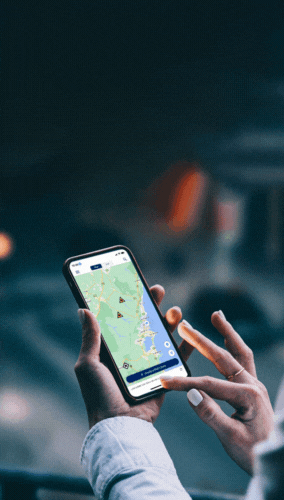STATEWIDE FLOODING CONTINUES ACROSS NSW; RECOVERY PRIORITY AT MOREE
26/10/2022 07:48 PM
Widespread flooding continues across the state of NSW. From the QLD border, to the VIC border, every inland river catchment is either full or flooded.
As result of thunderstorms and a low-pressure system sweeping across NSW, there are nine major flood warnings from The Bureau of Meteorology in place.
NSW SES currently has 99 active warnings: 16 at emergency warning level, 41 at Watch and Act, and 42 at Advice.
There have been 494 requests for assistance and 17 flood rescues over the past 24 hours. Since the commencement of this flood event, there have been 8208 Requests for Assistance and 311 Flood Rescues.
There were 580 NSW SES members (volunteers and staff) operational over the last 24 hours.
Moree remains to be a key area of concern, where major flooding is slowly easing and recovery is becoming a priority. NSW SES also received a large number of requests for assistance in the Wee Waa and Deniliquin areas.
Return with caution de-escalation warnings have been issued for Narrandera South, South West Narrandera, Terry Hie Hie, North Moree and Carroll Village.
At Moama / Echuca flood peaks have exceeded those of 2016 and 1993 flood levels.
Deputy Commissioner Daniel Austin said more than 1,400 Rapid Damage Assessments have been carried out by NSW SES and partner agencies, of buildings, damaged utilities and assess road access to locations.
“As of yesterday, NSW SES issued de-escalation warnings, return with caution, for parts of North Moree. We will continue to assess these areas and issue more where appropriate,” Deputy Commissioner Austin said.
“With the situation rapidly changing, we ask members of the community to follow directions from emergency services, follow road signs and never enter floodwater.”
This weather continues to bring concerns about dangers from both flash flooding and riverine flooding. Flash flooding is incredibly quick – roads and drains essentially become rivers.
Check the NSW SES website to see which advice applies to you, and take care if returning to a flood-affected area as damage can be widespread.
What you need to do:
- Drive slowly, plan your route carefully to avoid any flooded roads and allow extra travel time. Damage to roads and buildings caused by flooding may still exist in your area.
- Be aware of road hazards including mud and debris.
- Remain vigilant as there could still be water in low lying areas.
- Take care as local roads could still have water over them.
- Check in on your neighbours if safe to do so.
- Check on animals and livestock.
- If you are isolated and require resupply, contact NSW SES on 132 500.
If your property has been affected by floodwater:
- Make sure your property is safe before entering. Check for damage to windows, walls and the roof and be careful of potential dangers including asbestos.
- Make sure the electricity and gas are turned off before going inside. Use a torch to carry out inspections inside buildings.
- If power points, electrical equipment, appliances or electrical hot water systems have been exposed to floodwater or are water damaged in any way, they must be inspected by a qualified electrician before use.
- Gas appliances and gas bottles that have been exposed to floodwater should be inspected for safety before use.
- Wear suitable protective clothing, including boots and gloves when cleaning up.
- Sandbags that have been in contact with floodwater need to be thrown away. Sturdy gloves should be worn when handling wet sandbags as they can contain chemicals, waste, and diseases.
- Be aware of any slip, trip or fall hazards.
- Never eat food which has been in contact with floodwater.
- Only use clean utensils and personal items.
- Follow us on social media @NSWSES or visit our website at www.ses.nsw.gov.au
- Learn about your risk at www.ses.nsw.gov.au/your-risk/
- Check latest weather, warnings, rainfall and river heights at bom.gov.au/nsw/
- Check road closures at livetraffic.com.au or 132 701 or your local Council.
For emergency help in floods and storms, call the NSW SES on 132 500. In life threatening situations, call Triple Zero (000) immediately.
Media enquiries: NSW SES Media 1800 067 234 or media@ses.nsw.gov.au



